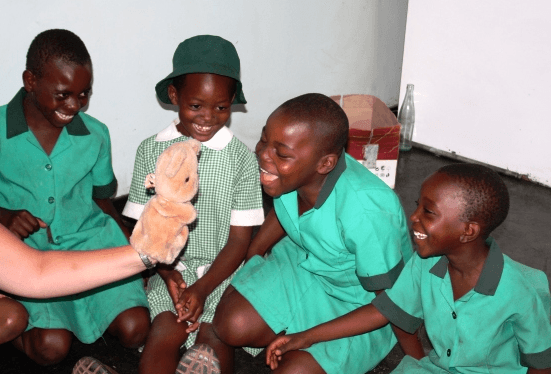Whether in the classroom or at home, if there are children, there are likely to be challenging behaviors. That’s because kids will be kids, and we all have our moments. While there are many appropriate ways to address challenging behaviors depending the child, the situation, and the need of the moment, we’d like to suggest a few creative ways to use music to respond to challenging behaviors.
- A simple little children’s song, even one adapted for the moment, can ease the transition times in a child’s day.
- Songs, rhymes, and rhythmic activities can become a part of a reassuring and predictable daily routine that will nearly eliminate feelings of frustration or uncertainty.
- A song or rhyme like Dr. Becky Bailey’s “I Love You Rituals” can give a child an appropriate way to express himself.
- Playing recorded music can set the tone for the day in the classroom, bring down the energy level, or even help ease a child into nap time or bed time.
- Quieter songs and recordings will do wonders to calm and quiet busy little minds and bodies.
- If a child is singing, he/she can’t be talking!
- Singing, moving, or listening to music can help re-direct a child’s attention.
- Moving to music not only wakes up the brain and primes it for learning, but moving to music also eliminates the wiggles.
So try it out. See for yourself how a song in your head and a song in their hearts will work wonders, especially when it comes to addressing challenging behaviors!
Shared by Theresa Case whose award-winning Kindermusik program is located at Piano Central Studios in the beautiful upstate of South Carolina.



